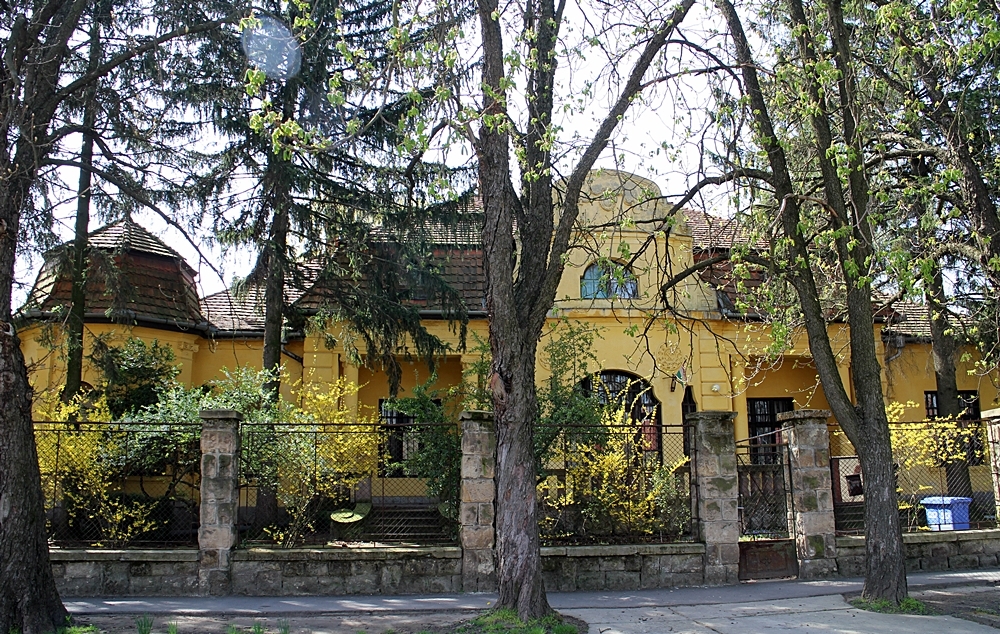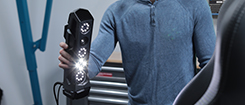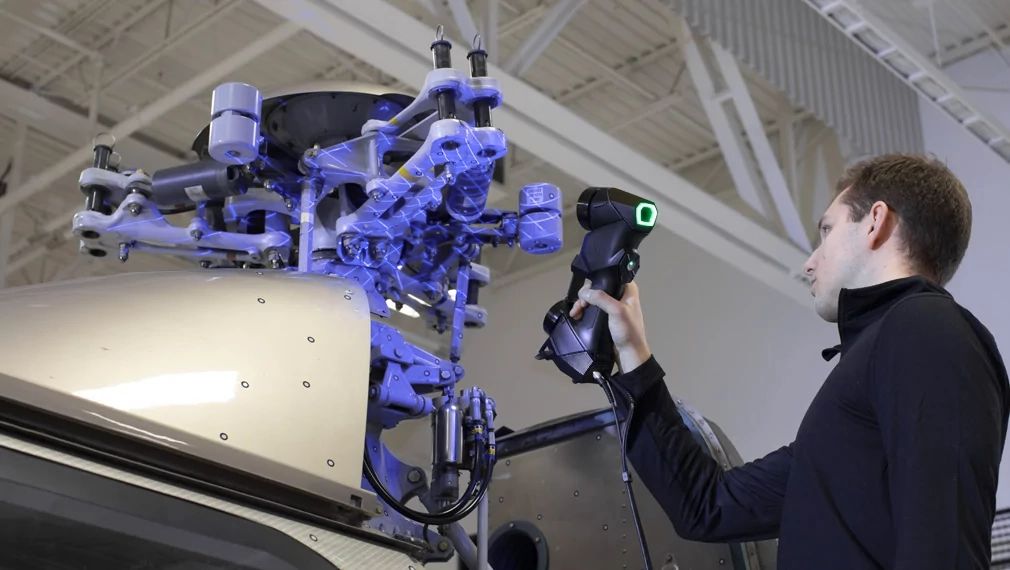July 24, 2024
Improving Vessel Integrity at a Refinery thanks to Advanced 3D Scanning Technology See the articleUsing 3D scanners has been a common practice in the field of cultural heritage protection. Lone sculptures, sculptural groups, and building ornaments can be revived effectively with the help of this technology. Although 3D scanners have primarily been developed for metrology needs, today’s engineers are not surprised when they are required to work beyond this field.
In the summer of 2020, the mayor of Heves contacted Creaform’s Hungarian distributor Werth Magyarország Kft and asked their help to preserve the town’s architectural heritage. The company shares common values such as the importance of protecting historical buildings. Therefore, they were pleased to take on the unusual task of 3D scanning one of the most beautiful buildings in town, the ornamentation of the Halász Mansion, prior to its complete renovation.
Halász Mansion in Heves
The town of Heves is located in the northern region of Hungary and is the fourth largest settlement in the county with a population of ten thousand. Its history can be traced back to the Hungarian conquest, although its first written mention dates back to the 13th century. Most of the noble dwellings, however, were erected in the 19th century. These buildings define the look and structure of the town.
The city has always gone to great lengths to preserve its architectural heritage, including the Halász Mansion, whose complete renovation began in 2020 and is expected to be completed in the first half of 2021. During this restoration, 3D scanning was used by the engineers of Werth Magyarország Kft.
By the locals, it is referred to as the Halász Castle, but it is actually a wealthy Jewish town house built by coal and wine wholesaler Viktor Halász in the 1930s. The building method and appearance of the town house express gentlemanlike sophistication and luxury. Its would-be owner moved to Heves in the 1910s and over the next twenty years, became a pivotal personality for local business. His recognition is well illustrated by the fact that he was elected as a member of the municipal representative body. He was also involved in grape production and wine trade, as well as being a shareholder in a coal-mining company. This is the reason why grapes and a mining hammer can be seen on the façade of the building.
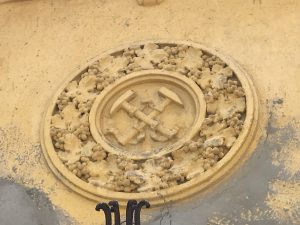 |
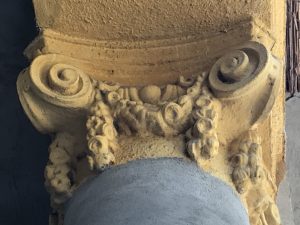 |
Preservation through digitization
To renovate this historic building, it was crucial to first scan the whole ornament collection. The goal was to generate 3D models and make these artifacts available digitally, thus ensuring that they could be completed, even reproduced or recreated, with maximum accuracy.
As part of the renovation process, the restoration of the building’s ornaments required all the available data from the scans, such as the point cloud and the texture. This extremely precise data can later be used for 3D printing or creating molds. This allows for the damaged, incomplete shapes to be filled in or replaced with maximum accuracy, without any destruction.
To illustrate the process, here are some pictures that, if only approximately, show the effectiveness and efficiency of Creaform’s 3D scanning solutions.
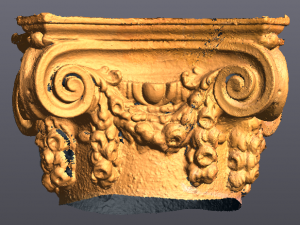 |
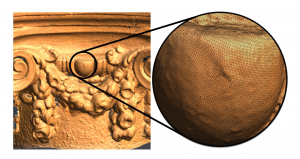 |
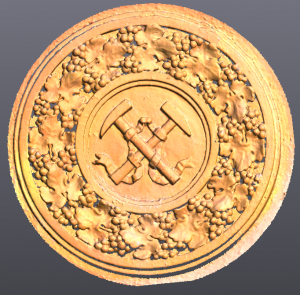 |
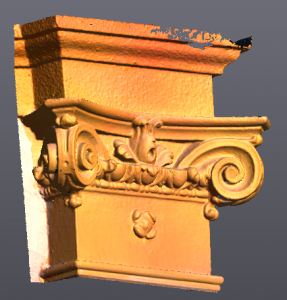 |
Why choose Creaform Go!SCAN SPARK 3D for this task?
In the past, Go!SCAN SPARK 3DTM has proven itself to be most suitable for similar tasks, as demonstrated by a multitude of previous case studies. With Go!SCAN SPARK 3D, for example, measurements are done without any contact; there is no need to use target points, which would normally be required and placed directly on the object to be measured for this type of measurement. Also, to perform the task, each element had to be approached to a distance of 30 cm. The portability of this handheld scanner was then ideal due to its size, as access to each item was limited. This assignment required the precision of this device as well (exactitude, point cloud resolution x and y) to accurately reproduce the details and richness of form of each ornament. Another important feature of this particular scanner was the possibility to scan the texture and colors of the objects, in addition to the geometry.
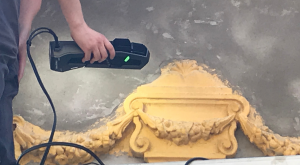 |
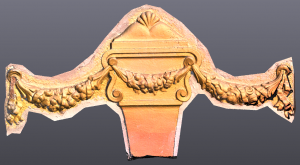 |

